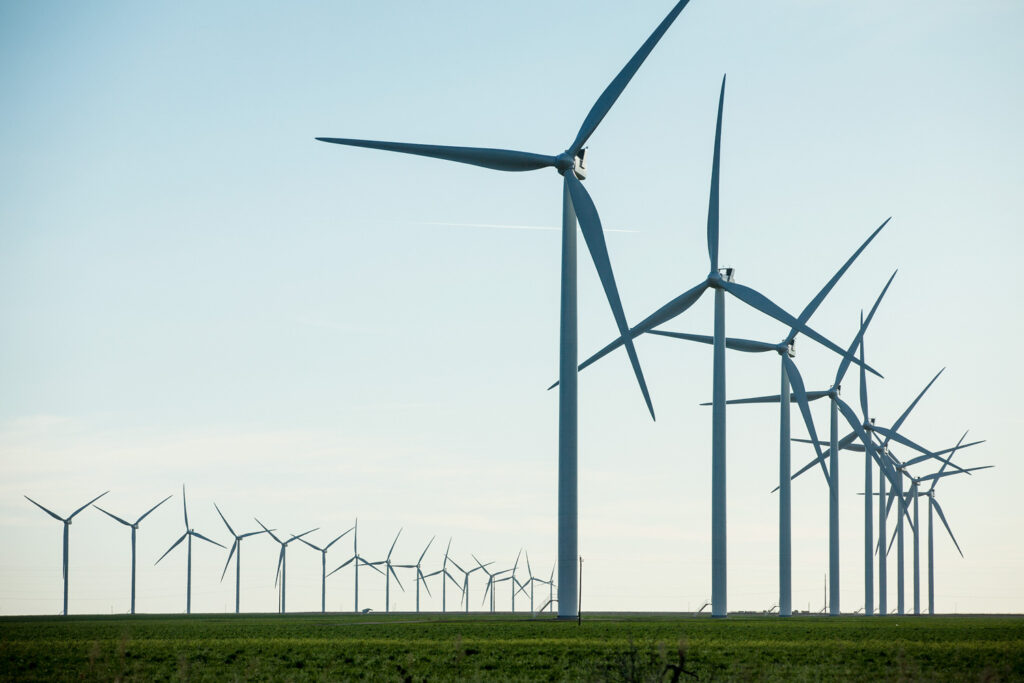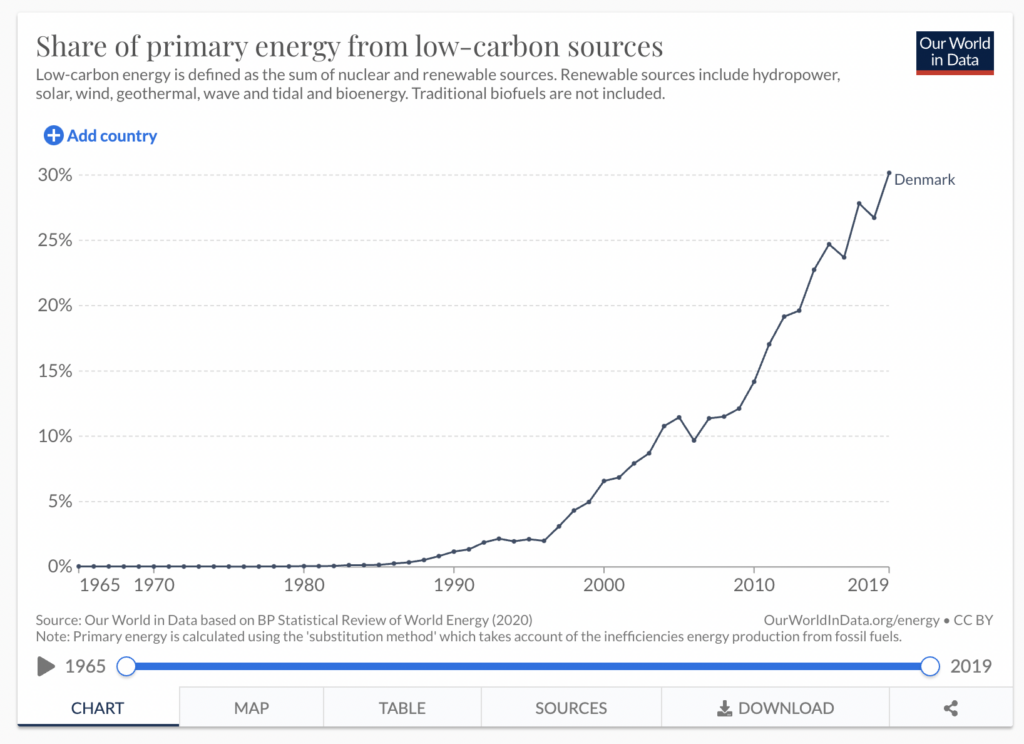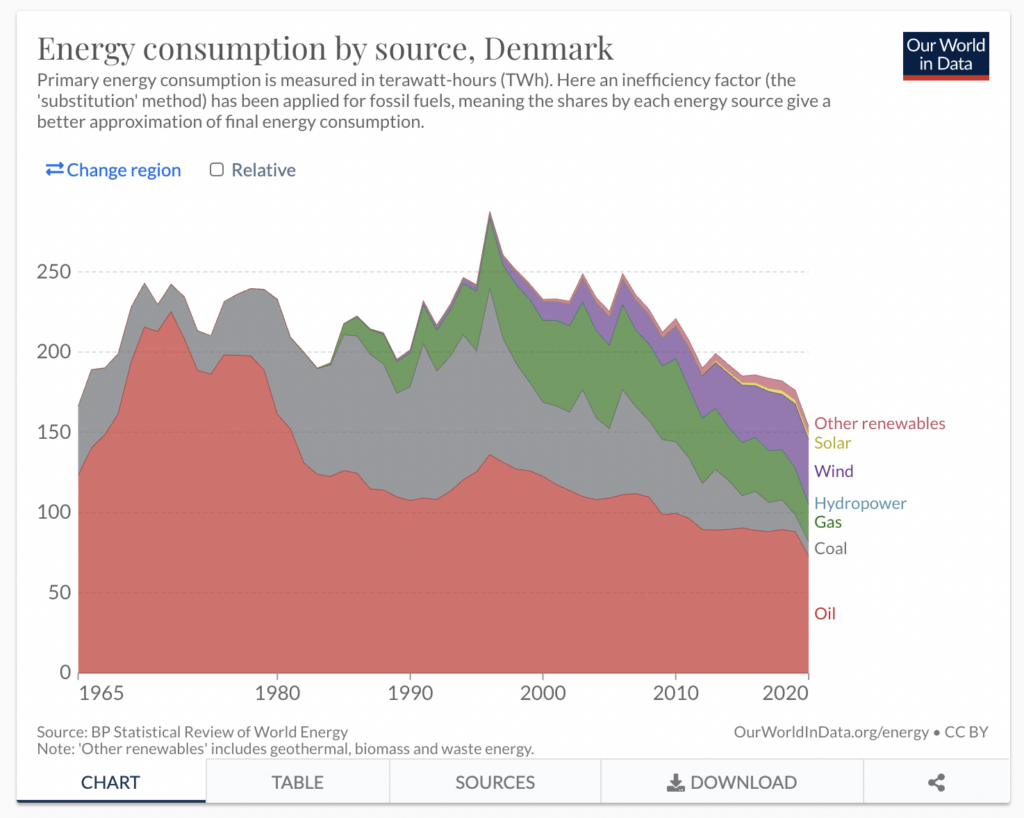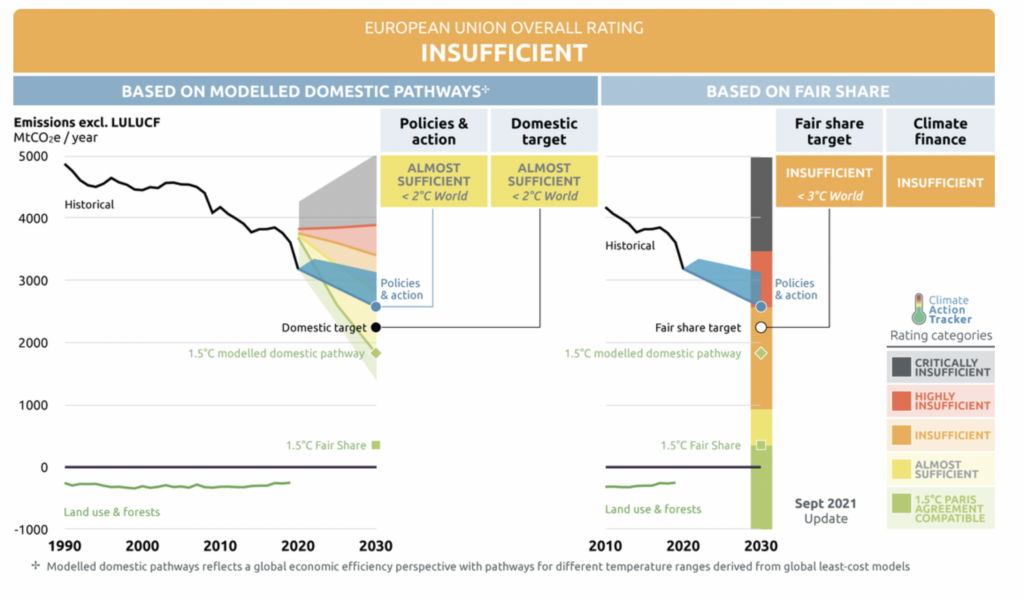What we have read
As the focus on Green House Gas emissions increases, articles claiming significant improvements keep popping up. Let’s take a look at a recent article by State of Green that focusses on Denmarks renewable energy.

Years of political focus and investments in renewable energy is paying off. In 2020, 80 per cent of the electricity coming out of the electricity sockets in Denmark came from renewable sources, up from 76 per cent in 2019.
State of Green
Our opinion
We applaud all activities that contribute to a better climate. The facts in the article do not lie, Denmark is making real progress by getting electricity from renewable resources. Having said that, there are a couple of things to consider.
Electricity is a subset of all energy sources. When making claims on electicity only, it is important to keep an eye on the total energy. Fortunately, data is available on multiple websites. One of them is “Our World in Data” which gives access to all kind of data for most countries.
According to this website, only 30% of Denmarks total energy comes from low-carbon sources.

What is going on? The explanation is simple, when we look at the total energy consumption, a large portion still comes from Oil, Coal and Gas.

On a positive note, Denmark has significantly reduced the total energy consumption since the peak in 1995 which is impressive but also absolutely necessary.
At a European level, it does not look good. In June 2021 the European Climate Law, which made both the new target, and the goal of reaching climate neutrality by 2050, binding, was adopted. According to Climate Action Tracker, the rating of EU is insufficient. To improve its rating, the EU should strengthen its emissions reduction target to at least 62% below 1990 levels, adopt policies necessary to reach this goal, and significantly increase its support for climate action in developing and least developed countries.

Finally, we should remember the review the GHG emissions of wind turbines during their full life cycle (manufacturing, installation, operation, disposal). Even though we have not researched this in depth, this article from FactCheck.org suggests that wind turbines emit much less CO2 than traditional sources of energy.
To be more exact, wind energy produces around 11 grams of carbon dioxide per kilowatt-hour of electricity generated, Garvin A. Heath, a senior scientist at NREL, and colleagues concluded after reviewing the scientific literature. That’s compared with about 980 g CO2/kWh for coal and roughly 465 g CO2/kWh for natural gas, Heath found.
In other words, coal’s carbon footprint is almost 90 times larger than that of wind. The footprint of natural gas is more than 40 times larger.
Our blog posts / Critical reviews
- Danmarks forbrugsbaserede klimaaftryk er faldet med 25 pctHvad vi har læst Klima-, Energi- ofg Forsyningsminesteriet følger op de danskernes klimaaftryk. For nyligt har ...
- COP26 is a fragile win, is it really?What we have read On the UKCOP26 website, we can read the concluding statement from the ...
Must read articles / must see videos
- Climate change 2022: The physical science basisIPCC Working Group 1 report is a code red for humanity. The alarm bells are ...
- Fulfilling the Promise: How Climate Action 100+ Investor-Signatories Can Mitigate Systemic Climate RiskWhat we have read Majority Action is a non-profit, non-partisan organization that empowers shareholders to hold ...
- Breaking boundaries on NetflixThe 75-minute production from 2021 follows the scientific journey of Johan Rockström and his team’s ...
- Regenerative leadershipAuthor and entrepreneur Laura Storm is part of a new generation of sustainability professionals advocating for a ...
- Let the environment guide our developmentThis TED talk is a must see. Even though it is a bit dated, the ...
- A healthy economy should be designed to thrive, not growBrilliant talk on holistic sustainability. What would a sustainable, universally beneficial economy look like? “Like a ...
Knowledge base
- Så meget udleder der forskellige fødevarer
- Carbon budgetsIn order to stay below the 1,5 degrees Celsius, we need to stay within a ...
- Setting meaningful targets: SBTiAt its core, the SBTi framework is a rigorous set of criteria about what emissions ...
- Risks from temperature rises according to IPCC
- Climate change consequences according to ECClimate change affects all regions around the world. Polar ice shields are melting and the ...
- IPCC – The 6th assessment reportThe Working Group I contribution to the Sixth Assessment Report is the most up-to-date physical ...
- Who generates Greenhouse gas emissionsGreenhouse gases are gases in Earth’s atmosphere that trap heat. They let sunlight pass through ...
- Regenerative leadershipAuthor and entrepreneur Laura Storm is part of a new generation of sustainability professionals advocating for a ...
- Let the environment guide our developmentThis TED talk is a must see. Even though it is a bit dated, the ...
- CO2 emissions per personSo, which country uses most CO2, USA or China. The correct answer is: BOTH. How ...
Read more on the internet
- Our world in data – A publication to see the large global problems and the powerful changes that reshape our world
- Climate trace – The platform for independent emissions reporting
- Science Direct on Life cycle analysis